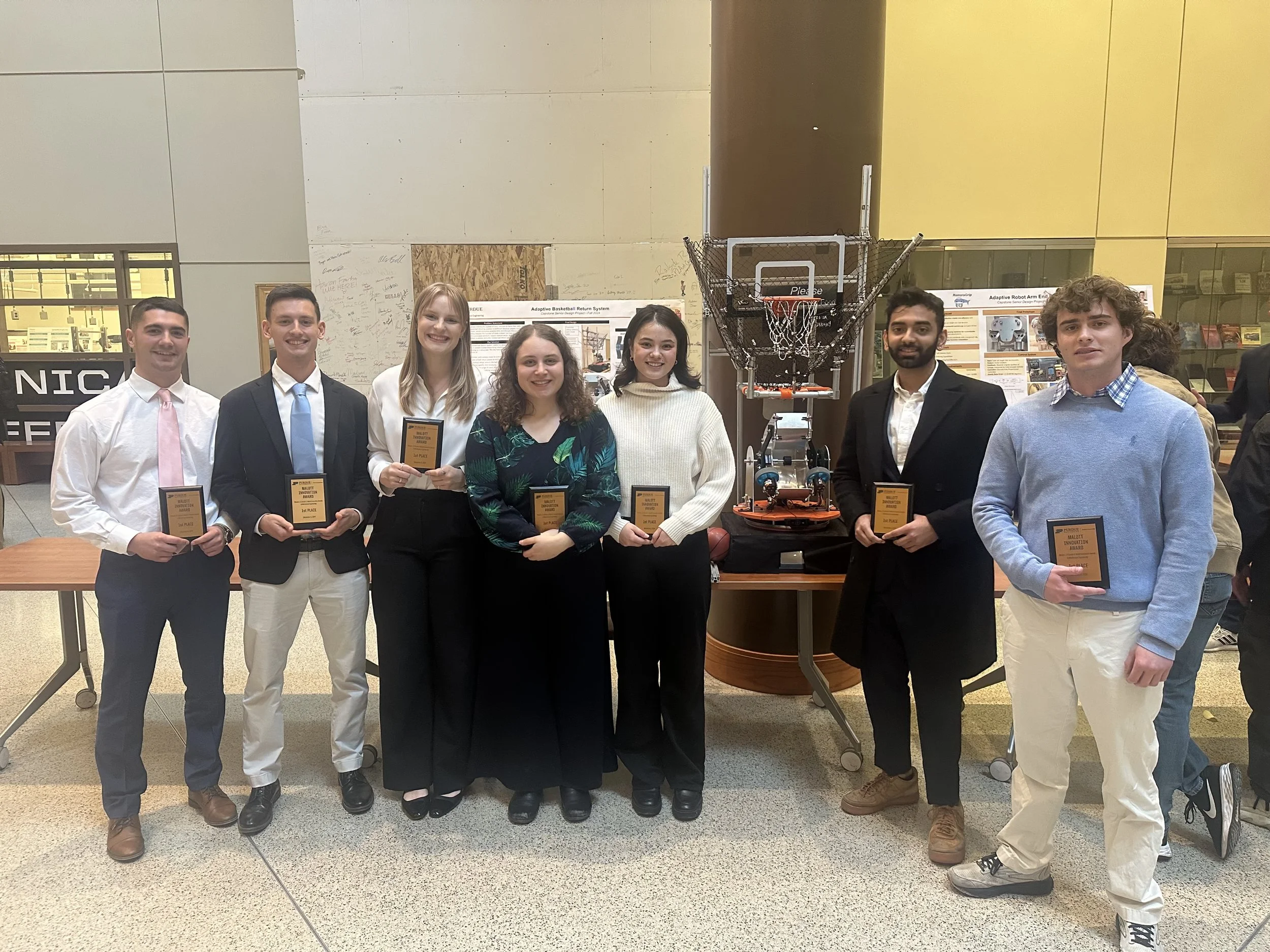"Accurate calibration for 3D shape measurement system using a binary defocusing technique," Opt. Laser Eng., (2013)
/L. Merner*, Y. Wang*, and S. Zhang, "Accurate calibration for 3D shape measurement system using a binary defocusing technique," Opt. Laser Eng. 51(5), 514-519, 2013; doi: 10.1016/j.optlaseng.2012.10.015
This paper introduces a novel method to calibrate 3D shape measurement systems that use the binary defocusing technique. Specifically, this method calibrates the pixelwise z as low-order polynomial functions of absolute phase; (x, y) coordinates are calculated from camera calibration with known z value; and the camera is calibrated using the standard flat checkerboard method. Because this method does not require estimation of the projector’s parameters, it can be adopted for any phase measurement system including those employing out-of-focus projectors. Our experiment found that the root-mean squared (rms) error for the depth measurement is less than 70 mm when the measurement depth range is about 100 mm, which is at the same level of the calibration stage +-50 mm.



